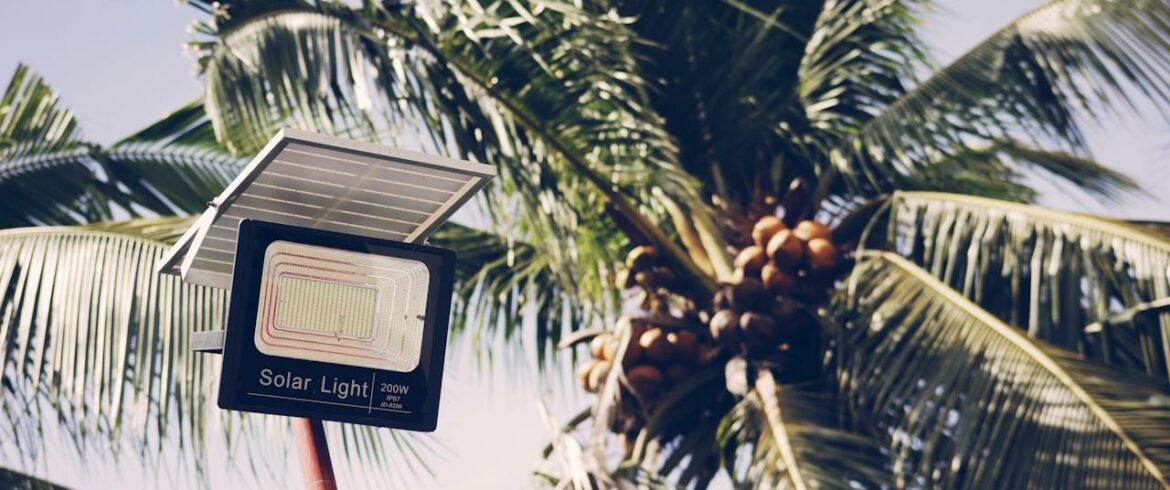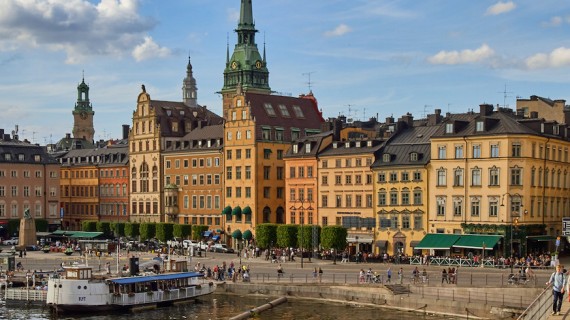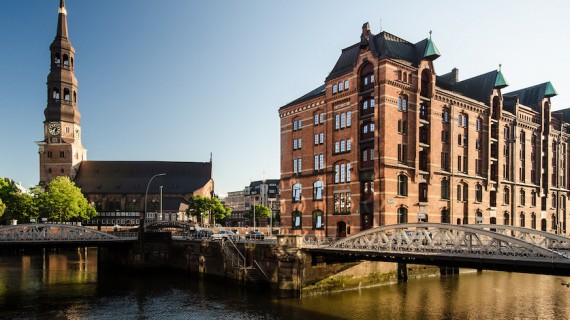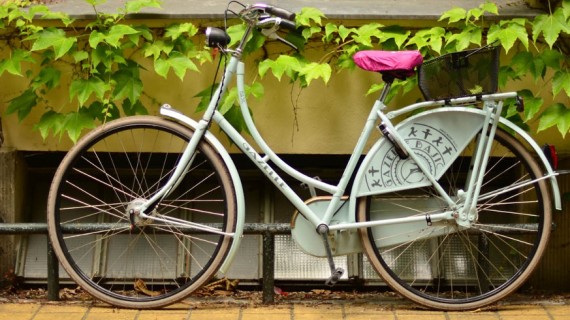As cities evolve, so does their need for smarter, more sustainable solutions. Enter the era of solar street lights in urban landscapes. These innovative lights aren’t just sources of illumination; they’re powerful assets for more sustainable, eco-conscious living. Picture safer streets, enhanced aesthetics, and a step towards eco-friendly urban living.
Today, we’ll dive into the revolution of these solar-powered marvels and their transformative impact on our cityscapes.
The Environmental Benefits of Smart Solar Street Lights
First, let us establish the environmental benefits of smart solar street lights. They’re substantive indeed, contributing significantly to a greener world:
- Firstly, they slash carbon footprints by tapping into renewable solar power. These lights soak up sunlight during the day, converting it into clean energy for the night. As they do, they’re reducing reliance on traditional power sources and cutting emissions.
- Secondly, their energy efficiency is undeniable. By utilizing solar energy, they trim down operational costs, making them incredibly cost-effective in the long run.
- Lastly, their smart technology minimizes maintenance needs, saving resources and labor.
With fewer parts to replace and no hefty electricity bills, these lights stand as a beacon of sustainable urban lighting. They’re already showcasing how innovation can harmonize with environmental consciousness in major cities like New York.
The Effects of Solar Street Lights in Urban Landscapes
The Effects of Solar Street Lights in Urban Landscapes
In doing so, smart solar street lights have revolutionized urban landscapes, fostering numerous positive effects:
- Foremost among these is the bolstering of safety and security. Their bright, consistent illumination creates well-lit streets, reducing the chances of accidents and providing a sense of security for pedestrians and motorists alike.
- Next, these lights contribute to the aesthetic appeal of cities. Their sleek, modern design enhances the visual ambiance, transforming dull streets into inviting, well-lit pathways.
- In addition, these lights seamlessly integrate with smart city initiatives. They’re not merely sources of light; they’re equipped with sensors and connectivity, enabling remote monitoring and control. Therefore, they align seamlessly with the broader vision of a technologically advanced, interconnected urban infrastructure.
Solar street lights become more than fixtures by merging functionality with elegance and technological prowess. They become essential elements in the evolution of urban landscapes towards smarter, safer, and more attractive environments.
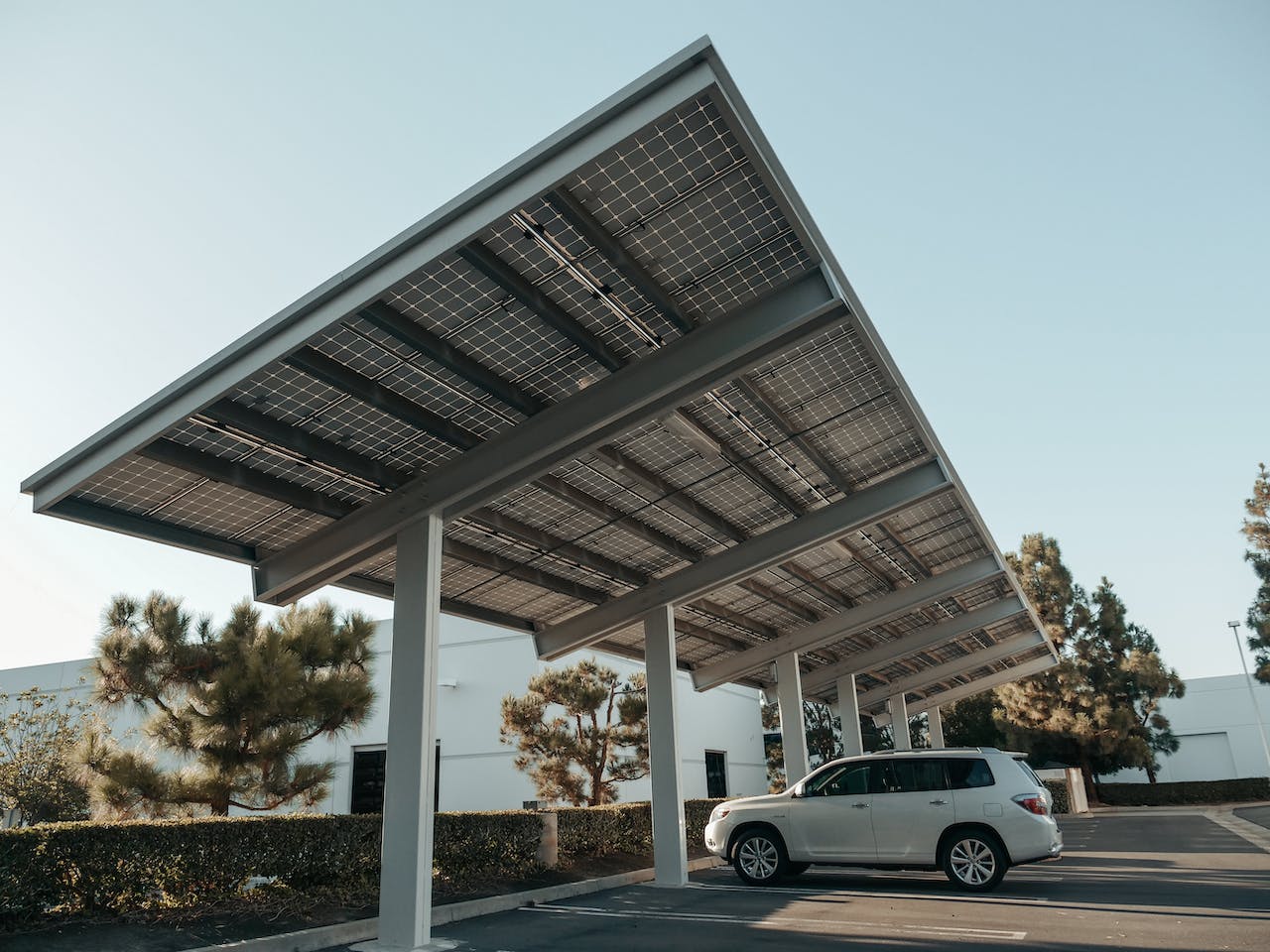
Cities Embracing Solar Street Lights
It isn’t all about a possible future. Major cities around the globe, from New York in the USA to Bordeaux in France, are already embracing sustainability.
Here are some examples of cities that use smart solar street lights.
Copenhagen, Denmark
Where is a better place to start than Copenhagen, Denmark? This city is a prime example of embracing smart solar street lights. It has adopted efficient urban lighting solutions, integrating solar-powered street lights across various neighborhoods. These lights harness renewable solar energy during the day, illuminating streets at night while significantly reducing energy consumption.
Copenhagen’s focus on sustainable lighting solutions enhances its environmental profile and ensures well-lit, safe streets for residents and visitors. This initiative also aligns with the city’s sustainability goals, showcasing how solar street lights can seamlessly blend into urban landscapes.
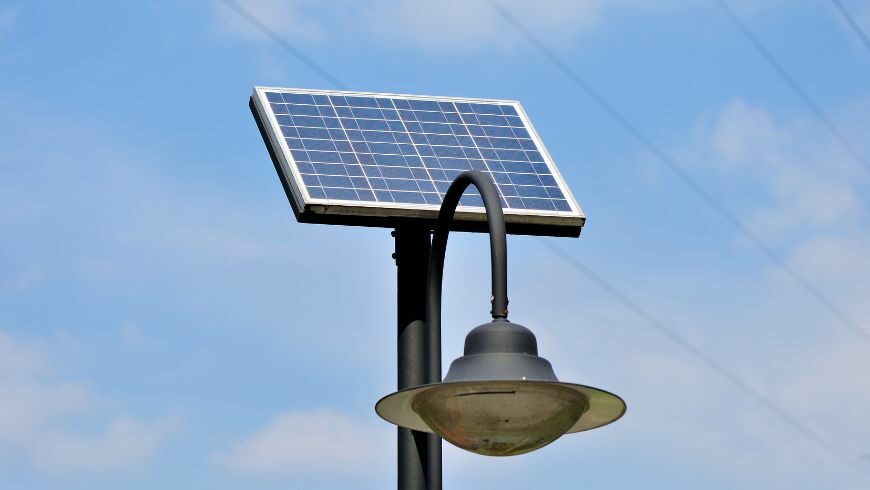
Adelaide, Australia
Next, Adelaide, Australia, is also actively incorporating smart city initiatives using solar street lights in its urban landscapes. The city has strategically deployed these lights as part of its broader smart city framework, integrating them with cutting-edge technology. This technology allows for remote monitoring and control, optimizing lighting levels based on real-time needs.
Adelaide’s initiative aims to create a more efficient and responsive urban environment. These street lights showcase Adelaide’s commitment to sustainability and innovation by combining renewable energy and smart technology.
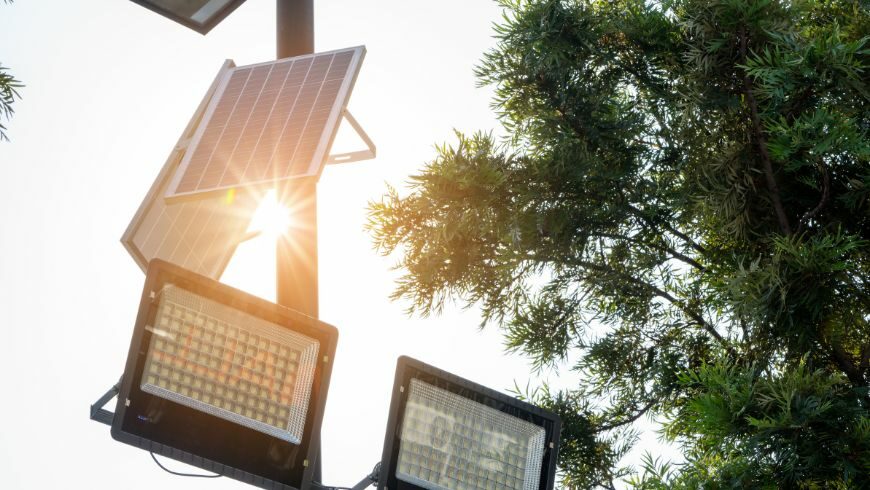
Los Angeles, USA
Lastly, New York isn’t alone in betting on sustainability in the USA. Los Angeles’s integration of solar street lights in urban landscapes also reflects the city’s robust sustainability efforts. Los Angeles has embarked on extensive initiatives to enhance its environmental profile, and solar lighting plays a pivotal role.
The city has implemented solar street lights across various neighborhoods to reduce reliance on conventional power sources. By harnessing solar energy, these lights operate sustainably, minimizing carbon emissions and energy consumption.

Future Prospects and Advancements
Finally, the future of smart solar street lights holds promise with ongoing technological advancements. Innovations constantly enhance these lights, integrating more efficient solar panels, longer-lasting batteries, and smarter control systems. These improvements aim to make them even more reliable and cost-effective.
Moreover, as cities worldwide prioritize sustainability, there’s a growing potential for wider adoption of these lights in urban areas. They offer a sustainable alternative to traditional street lighting, aligning with the global push towards renewable energy and eco-friendly infrastructure.
Smart solar street lights are poised to become widespread with technological advancements and a greater emphasis on environmental consciousness. As key components of urban landscapes, they will contribute significantly to energy efficiency and create eco-friendlier cities worldwide.
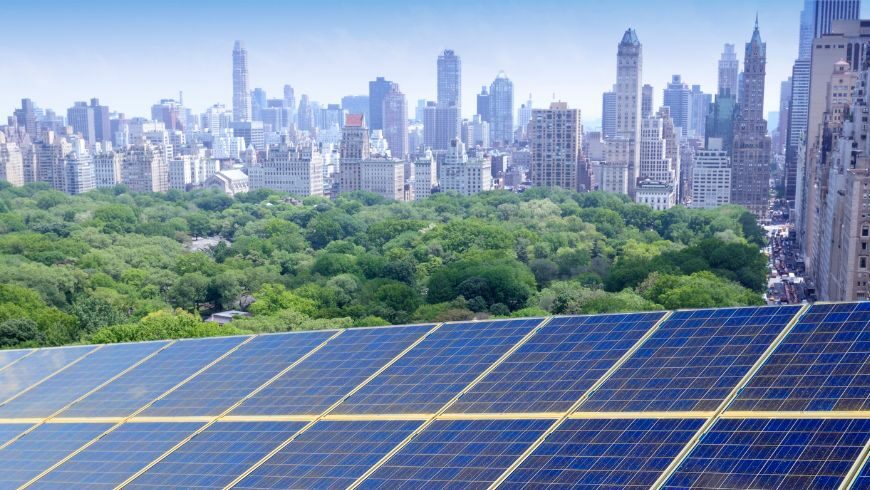
Conclusion
In conclusion, the ascent of solar street lights in urban landscapes marks a transformative shift towards sustainability and innovation. These lights, powered by the sun, offer hope for greener cities. They bring forth environmental benefits like reduced carbon footprints and cost savings while fostering safer, more aesthetically pleasing urban environments.
With cities like Copenhagen, Adelaide, and Los Angeles paving the way, these lights showcase the fusion of technology and eco-consciousness. The future also promises wider adoption, paving the way for brighter, smarter, and more sustainable solar-powered urban landscapes.

About the author: Jacob Dean is a freelance copywriter and avid fan of all things solar. He frequently contributes to EnGoPlanet, where he discusses sustainable technological innovations.
